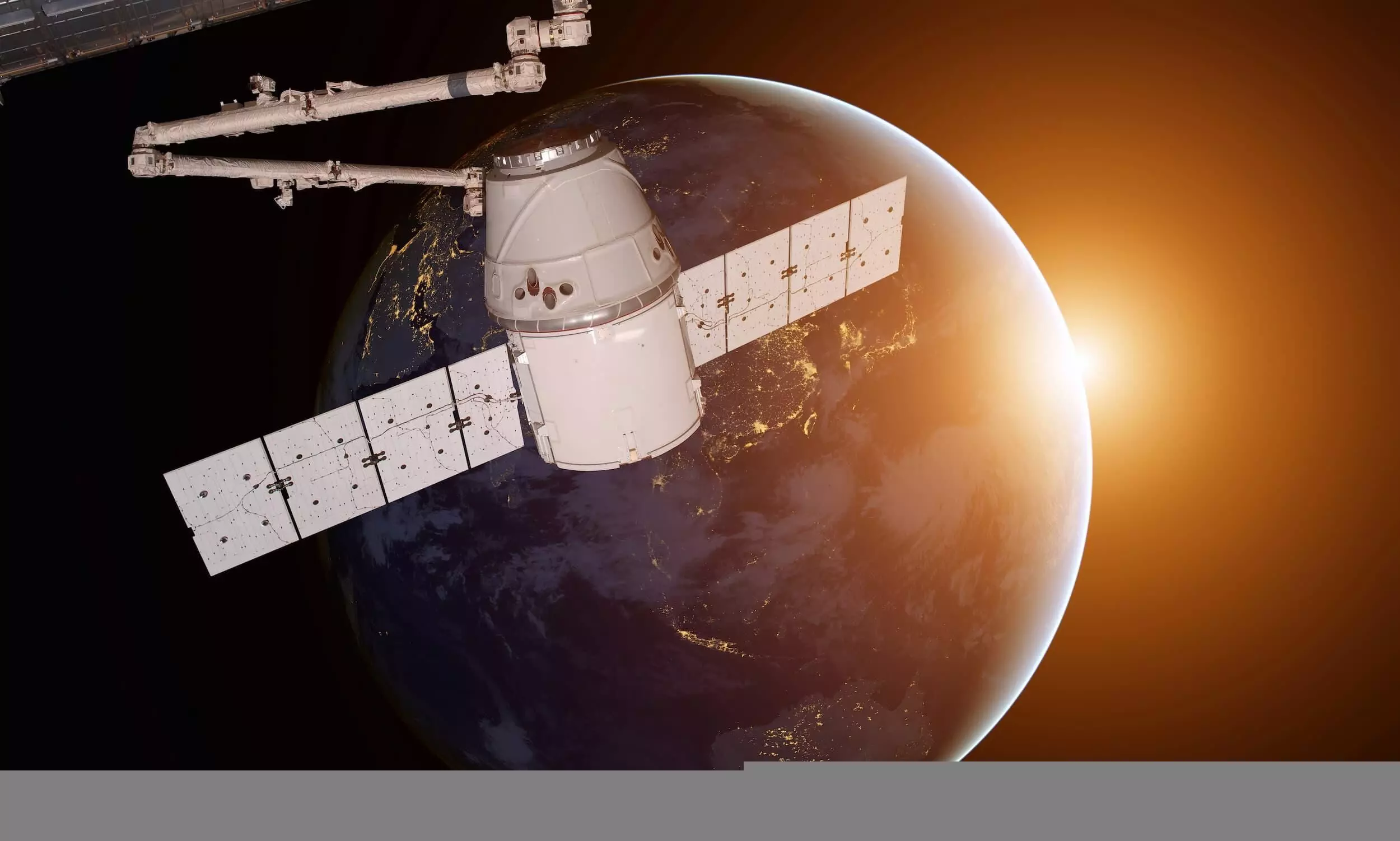
Future of space supply chain is full of possibilities/challenges

The transition from land transport → water transport → air transport → to space transport is a fascinating journey, filled with massive technological leaps, changing paradigms and thrilling possibilities.
Manufacturing in space: A glimpse into the future
Humanity has been earth bound since the beginning but eventually we must be space bound - it’s a matter of time. To be space bound, many milestones need to be achieved. One of the important milestones is the setting up of bases and manufacturing units in space, which can also be referred to as In-Space Manufacturing (ISM). It may seem like science fiction – so did mobile phones a few decades back - but it is transitioning into reality slowly. ISM is fabrication of goods beyond earth, starting with low earth orbit manufacturing. This is done to leverage the distinctive characteristics of the space environment.
Why manufacture in space?
There are various reasons why manufacturing in space holds immense potential, and some of them are:
Microgravity: The near-weightlessness of space allows the creation of materials and structures that are impossible on earth due to the absence of gravity-induced flaws. Manufacturing in space could revolutionise fields like medicine, electronics and materials science.
Vacuum: The extremely high vacuum in space enables the production of purer or exotic materials and crystals, leading to advancements in optics, semiconductors, pharmaceuticals etc.
Unlimited resources: Resources from space, including asteroids and lunar regolith, offer vast potential for extracting valuable materials, reducing dependence on earth's finite resources.
Rules and regulations: Being earth bound, lots of laws and regulations have been promulgated because of divergent thoughts, ethics, feelings, faith, emotions and politics. Manufacturing in space could be less regulated.
Research and development: For example, if the Large Hadron Collider(LHC) were built in space, a lot of background noise would be automatically avoided while experimenting, making it easier to detect faint signals from rare events. The emptiness of space would even allow us to build bigger and powerful accelerators.
Never take Earth for granted: Even though earth is a nice place, no one knows what will happen in the distant future i.e get hit by asteroids, plate tectonics, Milankovitch Cycle. It is good to have a back-up.
What's being manufactured in space?
Currently, ISM is in its early stages, focusing on proof-of-concept demonstrations and small scale production. Some areas of active development include:
3D Printing: Metals, ceramics and even bioinks can be 3D printed in space, enabling on-demand creation of spare parts, tools, tissue engineering, food etc.
Pharmaceuticals: The microgravity environment allows for the growth of precise and uniform crystals, potentially leading to the development of novel drugs and therapies.
Electronics: Semiconductor and superconductors chips and other electronic components could be manufactured in space with high purity, rendering enhanced performance due to the void environment.
Construction Materials: Advanced composites and structures can be created in space for future Lunar and other extraterrestrial bases, using in-situ resources.
Technological breakthroughs
Reusable launch vehicles: They can significantly reduce launch costs, making frequent resupply missions and ISM viable. Imagine SpaceX's Falcon 9 shuttling materials between Earth and extra-terrestrial settlements.
Advanced robotics: Automated systems can handle complex tasks like repair, construction and resource extraction, minimising human risk and cost. Imagine robot miners autonomously gathering precious metals on asteroids.
3D printing in space: Printing tools, parts and even food on-site can eliminate dependency on Earth-sourced materials and reduce launch weight.
Closed-loop systems: Recycling water, waste and materials would be crucial for sustainability and minimising reliance on external supplies.
In-situ resource utilisation (ISRU): Processing local resources like Lunar regolith or Martian ice into water, oxygen and even building materials would be crucial for minimising reliance on Earth-sourced supplies.
Envisioning space supply chain
In context to what has been discussed so far, it would entail establishing a viable supply chain mechanism in space. It would be exciting, tricky and filled with unknown challenges. There are many factors that would be contributing to its success and evolution as well.
AI-enabled logistics and management: Artificial intelligence could optimise supply chains, predict demand and ensure efficient resource allocation in space.
Space MRO (Maintenance & Repair Operations): It can facilitate overhauling and maintaining the transportation equipment and machinery.
Orbital depots, refuelling stations and transhipment points: Strategically placed depots for storing supplies and refuelling spacecraft would facilitate efficient travel across vast distances.
3D printing and on-demand fabrication: Producing spare parts, tools, and even infrastructure components locally using 3D printing, would reduce dependency on long-distance deliveries and warehousing.
Glimpse of the cargo manifest of manned moon mission in 1969
New players and collaborations
Private players: SpaceX, Blue Origin and Virgin Galactic are leading the charge, driving down costs and innovation. Think of them as the interplanetary DHL and FedExes.
International cooperation: Sharing resources and expertise is crucial for large-scale projects like lunar cities. Imagine a joint NASA-ESA-JAXA supply chain for an extra-terrestrial base.
Artemis Accord: Led by the USA, this is an international agreement outlining the principles for peaceful cooperation and resource utilisation on the Moon, Mars and other celestial bodies. No other regulatory mechanism exists as of now.
Challenges and considerations
High costs: Establishing and maintaining infrastructure in space remains expensive. So, it requires innovative solutions and cost reductions.
Sourcing from Earth: In the initial phase, the movement of men and material from Earth would be a challenge, and the reliance on Earth could be minimised over a period of time. Certainly, everything must be ideated and controlled from Earth.
Harsh environment: Radiation, microgravity and extreme temperatures in space pose unique challenges for storage, transportation and manufacturing especially for human life.
Legal and regulatory frameworks: International cooperation and clear legal frameworks are crucial for managing resource ownership, environmental impact, and safety in space which does not exist now.
Ethical considerations: Equitable access to space resources, responsible resource extraction and minimising space debris are important aspects to be addressed for the wellbeing of Earth.
The future of the space supply chain is full of possibilities and challenges. As we venture further into the cosmos, the ingenuity and adaptability of humanity will be crucial in developing efficient and sustainable systems to support a thriving space faring civilisation. It requires a complex web of supply chain integrating interplanetary logistics, automated systems and resource harvesting, driven by technological innovation, private enterprise, and international collaboration.

